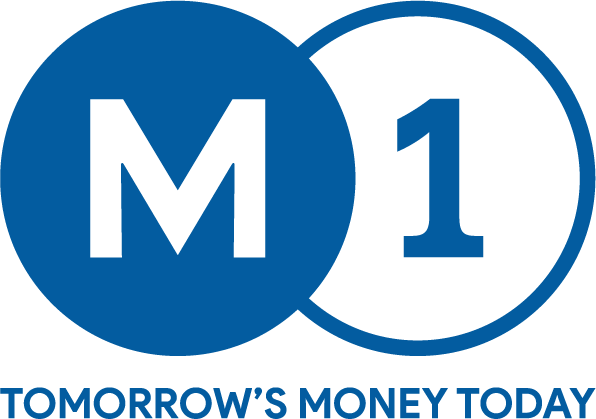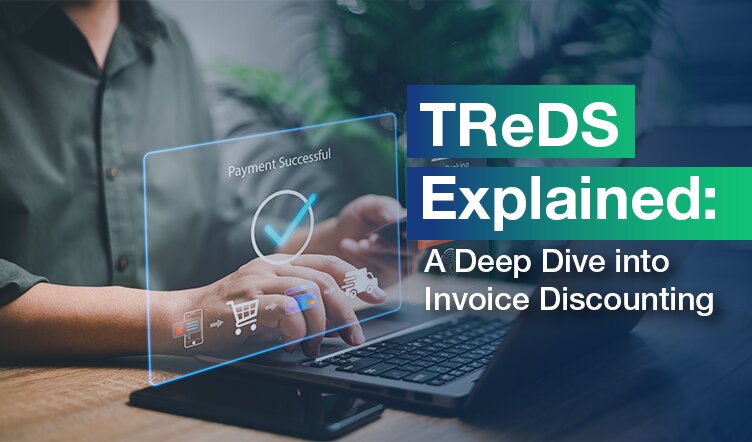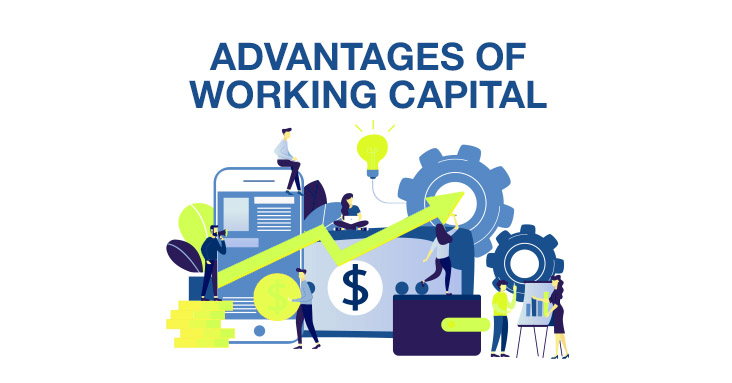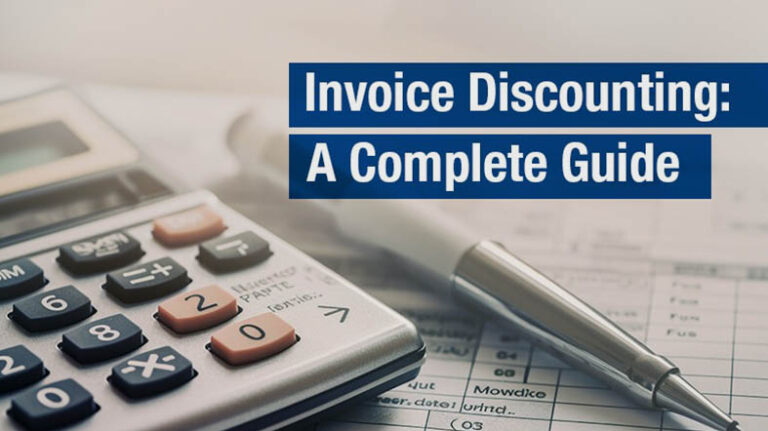In today’s rapidly changing world of business, reverse factoring has become an essential financial strategy to get things done with cash flows and supply chains.
This comprehensive guide will explore in detail the pros and cons of this tool, helping you to expand your knowledge. We will start by explaining what the tool is and how it works, followed by an examination of its benefits. Additionally, we will discuss its unique applications across various industries.
By discovering the subtleties that differentiate reverse factoring from other financing means and utilizing the advantages that arise from this knowledge, businesses can secure an edge for themselves in today’s highly competitive market. Irrespective of whether you are a small-time supplier or a large multinational corporation, reverse factoring brings in the much-needed operating efficiency to ensure that you stay in the fast-moving business environment.
What is Reverse Factoring?
Supply chain finance has become a financial tool (reverse factoring) used by companies for the smooth running of operations, better cash flow, and improved working capital.
Supply factoring contrasts with the purchase factoring procedure in that a company sells receivables to a financial organization receiving immediate cash which buyer is a corporation and it works with a financial institution to speed up supplier payments.
In the exchange process banks normally pay the supplier under instructions from consumers and set the day for the supplier’s payment before the consumer’s agreement day of payment.
The buyer signs a credit contract with the financial institution to repay the loan within the agreed term, including an extra fee for an extended repayment period. This financial arrangement allows both parties to access affordable funding, while also reinforcing the credibility of their business relationship.
Reverse factoring might become a win-win for all, making it easier for companies to have enough cash to cover their financial duties, pay fewer financial costs, and finally, as business with their suppliers increases. Being that it is essential on every shelf, it has to be done carefully in the case where it all comes back to the financial stability of all the stakeholders.
In today’s rapidly changing business world, reverse factoring has become an essential financial strategy for managing cash flows and supply chains.
This complete guide will explore in detail the pros and cons of this tool, helping you enlarge your knowledge. It will start by explaining what it is, how it works, its benefits, and its relevant use in unique ways in different industries.
By discovering the subtleties that differentiate reverse factoring from other financing methods and utilizing the advantages that arise from this knowledge, businesses can secure an edge in today’s highly competitive market.
How Does Reverse Factoring Work?
The workings of Reverse Factoring are simple. The buyer creates the financing program with M1xchange, a third-party financial institution, usually a bank or an economic platform.
The secondary suppliers who took part in the program can choose to receive early payment for their goods and services at a discount based on the creditworthiness of the buyer’s company. In this way, the financial entity advances the payment of the suppliers until the buyer repays the entity as per the agreed conditions.
What Are The Benefits or Significance of Reverse Factoring?
Reverse factoring has multiple benefits for both customers and vendors. For an original equipment manufacturer, it improves supply chain stability, controls supplier relationships, and optimizes working capital management.
Suppliers gain from ultimate cash flow, decreasing borrowing costs, and increased liquidity, which enables them to devise strategies for moving forward and paying operational expenses, among other things.
Here are the main Advantages & Benefits of Reverse Factoring:
Reverse factoring is a strategic financial instrument for optimizing the cash flow system, improving chain relations, and increasing business growth and expansion.
By using reversed factoring and working with reputable lending platforms such as M1xchange, businesses can benefit from efficiency and profitability, which can help their growth in all aspects of the marketplace.
Key Advantages and Benefits For Suppliers:
- Improved Cash Flow: Prompt fund remittance provides for immediate cash flow allocation, avoiding gaps in funding that would otherwise hinder suppliers from meeting operational costs on time.
- Lower Financing Costs: Access to credit on more favorable terms compared to those of regular lending markets will help suppliers’ cash flows, which in turn will improve their overall financial condition.
- Enhanced Relationship with Buyers: Collaborative financing treatments reinforce collaborative relationships with end-users so that they can establish trust, goodwill, visibility, and agreement on mutual goals.
Key Advantages and Benefits For Buyers:
- Strengthened Supply Chain Resilience: Reverse factoring is the basis of healthy supplier finances, thus minimizing supply chain breakdown and promoting increased resilience.
- Working Capital Optimization: There is less risk of deteriorating the supplier relationships as the supplier terms of payment are extended and do not affect the working capital optimization, liquidity, and overall profitability.
- Competitive Advantage: Affordable financing options introduce buyers as middlemen between suppliers, improving relations with high-quality suppliers and leading to long-lasting loyalty and cooperation.
This comprehensive approach to cash flow management and working capital ensures that businesses can cope not only with unpredictable economic conditions but also maximize operating efficiency and open up space for scalability in an ever-changing business environment.
Traditional Factoring vs Reverse Factoring:
The difference is substantial regarding how competitors are cited by traditional factoring about cash flow management for suppliers and customers.
Traditional Factoring:
- Seller-Centric: The essence of traditional factoring hinges on the sellers’ perspective, whereby they invite third-party factors to buy their accounts receivables.
- Higher Financing Costs: They may also confront higher financing costs, given the risks faced and the factoring fees that might be incurred by the third-party factoring company.
- Limited Buyer Involvement: In traditional factoring, buyers don’t work deeply because this scenario is thought out of seller funds only.
- Cash Flow Relief for Sellers: Though traditional factoring’s discounting process relieves sellers’ specific financing needs by transforming accounts receivable into money, it may come with higher debt costs.
Reverse Factoring:
- Buyer-Centric: Reversal factoring refocuses the center of attention on the purchaser, collaborating with a financial institution that typically transfers the supplier’s payments to the buyer’s bank account.
- Lower Financing Costs: For suppliers, discounted financing is a good deal because they borrow money, which can be negotiated further based on the buyer’s weak credit rating.
- Active Buyer Engagement: On the contrary, with traditional factoring, the client is called upon to be active. In the reverse factoring arrangement, the client assumes the central role in arranging the earlier receipt of payments from suppliers.
- Strengthened Buyer-Supplier Relationships: Reverse factoring helps in stronger buyer-supplier relationships by making easy payment processing available to suppliers in due time and thus reducing their financial stress with immediate cash flow, leading to more trust and more collaboration between two parties.
Traditional factoring aims to decrease the financial pressure that sellers experience in their cash flows. In contrast, reverse factoring emphasizes the interplay between buyers and sellers to optimize cash flow and establish strong supplier network relations.
Who is Using Reverse Factoring?
Reverse factoring is utilized by various industries, including manufacturing, retail, automotive, healthcare, and technology. Large corporations with extensive supply chains often adopt RF to optimize working capital, enhance supplier relationships, and drive operational efficiencies.
How M1xchange Can Help You with Reverse Factoring:
M1xchange, a leading digital financing platform in India, offers comprehensive reverse factoring solutions tailored to the unique needs of buyers and suppliers.
With M1xchange’s user-friendly interface, robust technology infrastructure, and seamless integration capabilities, businesses can streamline their supply chain finance processes and unlock new avenues for growth.
Key Takeaway
In conclusion, reverse factoring is a strategic financial tool that can provide significant benefits to a company looking to bolster its cash flow, forge stronger ties with its suppliers, and support overall business growth.
This creative financing method supports companies in handling their liquidity problems, promotes collaboration, and strengthens relationships with suppliers and buyers.
One of the main benefits of reverse factoring is that it allows for immediate financing, which allows for the acceleration of payment to suppliers. Businesses can, therefore, use this financial instrument to enhance their working capital management, decrease the occurrence of late payments, and guarantee that goods and services are delivered on time.
Additionally, the reverse factoring option creates a collaborative atmosphere among buyers and suppliers, spawning mutual trust and transparency in the supply chain.
Additionally, reverse factoring has certain benefits not only for the suppliers but also for the customers.
On the suppliers’ end, they obtain early payment, which aids their cash flow and lessens their need for costly short-term financing options. However, suppliers can negotiate favorable payment terms with the buyers, develop supplier relations, and become more substantial buyers.
In a modern dynamic market, where speed of response and productivity are critical, the reverse factoring technique has become very useful for employees and business owners. Accepting these innovative financial technology solutions and dealing with reputable platforms like M1xchange will help companies explore different development avenues, improve their functioning, and finally achieve sustainable success in a global marketplace.
FAQs
Factoring is a financial tool in which a third party (a factor ) acquires the seller’s accounts receivables at a discounted rate to allow the seller to have a quick cash flow. Conversely, in re-factoring, the client cooperates with a financing institution to supply quick payments to their suppliers.
Unlike Reverse Factoring, Dynamic Discounting is a tool that allows the buyer to negotiate discounts with the seller depending on the timing of invoice payments.
Reverse factoring is a supply chain financing technique when the trade customer provides the suppliers with early payment. Conversely, a dynamic discount may be cut on the advance payment between the buyer and the supplier.
In a reverse factoring model, the supplier receives the payments earlier than agreed between the party and the factor bank, from whom they have to pay for financing. Suppliers are financed in the early stage of the process, and this is at a lower cost.
The criteria of reverse factoring can differ, but generally, a buyer with strong creditworthiness, suppliers’ acceptance, and a financial institution or platform possessing the ability to make the financing arrangement are needed.
















